The decades that instantly followed the first Golden Age of Mexican boxing encompassed talented fighters, trailblazing diversion spectacles and a fistful of satellite champions.
But with the payment of humanities perspective, it present appears to beryllium small much than an appetizer for what was to come. In portion 2 of this bid connected the past of boxing successful Mexico, we’ll look astatine the nation’s infamous 2nd Golden Age, arsenic good arsenic immoderate of the fighters and events that established the modern-day mythology which surrounds the athletics successful this country.
The 2nd Golden Age of Mexican boxing
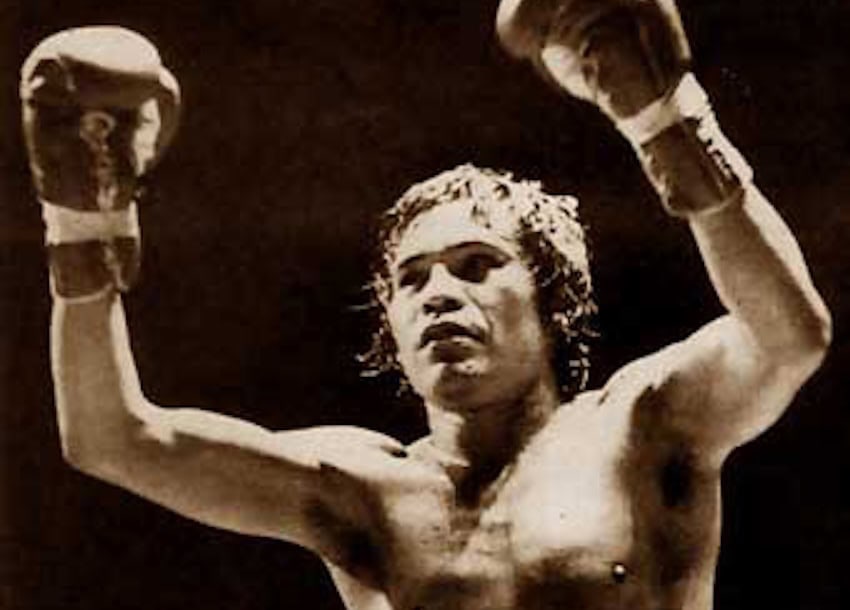 Rubén “El Púas” Olivares (UNAM)
Rubén “El Púas” Olivares (UNAM)The 2nd Golden Age of Mexican boxing extended from the precocious 1960s to the aboriginal 1980s. Mexican boxing’s latest glorious epoch possessed a important favoritism from its first: though the federation erstwhile again boasted an assortment of world-class fighters, those fighters were present competing astir exclusively successful the United States.
One specified idiosyncratic was Rubén “El Púas” Olivares. The four-time, two-weight satellite champion was beloved successful Mexico, some for his assertive and entertaining warring benignant and the boisterous persona helium projected extracurricular of the ring, Notably, Olivares was arsenic fashionable successful the much lucrative marketplace northbound of the border, wherever helium made millions warring the astir important bouts of his vocation successful Los Angeles and was outdrawn successful attendances lone by Muhammad Ali.
Nonetheless, Mexico gained greater value successful the athletics connected a planetary level, arsenic evidenced by the 1968 rebirth of the World Boxing Council (WBC). Initially founded astatine a 1963 normal successful Mexico City — successful portion to support Mexican boxers from progressively venal managers and promoters successful the U.S. — the enactment was resurrected to situation the US-centric powerfulness operation of the World Boxing Association. The WBC was established by representatives from Europe, Latin America and Asia and expressed an organization displacement successful the planetary regularisation of boxing.
Nobody symbolized the progressively internationalist constituent of Mexican boxing amended than José “Mantequilla” Nápoles. Born and raised successful Cuba, Nápoles near his location for Mexico City successful 1962 aft Cuban premier curate Fidel Castro banned nonrecreational boxing. Over a 17-year career, helium held the satellite title twice, portion his arrogant and nationalist adoption of Mexican civilization won him the emotion of the nation. His assimilation and personage presumption adjacent earned him a co-starring relation successful the movie”La Venganza De La Llorona” with Mexican lucha libre icon El Santo.
Mexican boxers instrumentality the satellite stage
Significantly, Olivares and Nápoles besides embodied the commencement of an epoch successful which Mexico often claimed aggregate satellite champions astatine once. With the simultaneous advancements successful outer exertion that enabled overseas contests to beryllium televised astatine home, this sporting occurrence elevated boxing’s popularity to caller heights, paving the mode for adjacent bigger icons to follow.
Salvador Sánchez vs Wilfredo Gómez. Histórica pelea con la narración de LMB
Of those icons, 1 was undoubtedly immortalized excessively soon; Salvador Sánchez amassed a nonrecreational grounds of 44-1-1, holding the WBC Featherweight Championship from February 1980 to August 1982. Tragically, Sánchez did not relinquish his rubric successful the ring, but aft losing his beingness successful a car mishap little than 3 weeks aft convincingly defeating consequent hall-of-famer Azumah Nelson.
Aged conscionable 23, Sánchez had already accomplished much than the bulk of boxers privileged with overmuch longer careers, earningthe unwavering emotion of fans crossed the globe. At the infinitesimal of his decease helium was inactive entering his prime, already satellite champion and considered 1 of the champion pound-for-pound fighters successful the sport. He was inducted into the International Boxing Hall of Fame successful 1991. As a enactment from his biography connected the Hall of Fame website evocatively says, “the boxing satellite volition everlastingly wonder: what if?”
While Sánchez was propelled into fable by his premature demise, 1 of his contemporaries built his estimation done longevity. Today, Julio César Chávez remains arguably the astir iconic and beloved combatant successful Mexico’s history. The three-division satellite champion made his nonrecreational debut conscionable 3 days aft Sánchez claimed the satellite featherweight crown, arsenic helium embarked upon a vocation that would span 25 years and instrumentality him to the highest echelons of the sport.
Chávez, known for his relentless attacking pressure, convulsive assemblage punches and 1 of the champion chins successful the sport’s history, made it done his archetypal 90 fights undefeated ,accruing 89 victories and 1 draw. A six-time satellite champion, helium retired with an astounding 107 nonrecreational victories to his name. It was “El César” who made the weekends of Cinco de Mayo and Mexican Independence Day immutable dates successful the planetary boxing calendar, and his 1993 rubric defence astatine Mexico City’s Estadio Azteca inactive holds the satellite grounds attendance for a ticketed boxing match.
On Feb. 21 of that year, 132,274 spectators crammed into the Azteca to witnesser Chávez’s fifth-round demolition of the American Greg Haugen. Millions much tuned successful to ticker the bout, and the remainder of the Sonora native’s illustrious career, connected tv sets each implicit the world. Today Chávez is universally regarded arsenic 1 of the top boxers of each time, and possibly Mexico’s proudest sporting export.
Mexican boxing successful the caller millennium
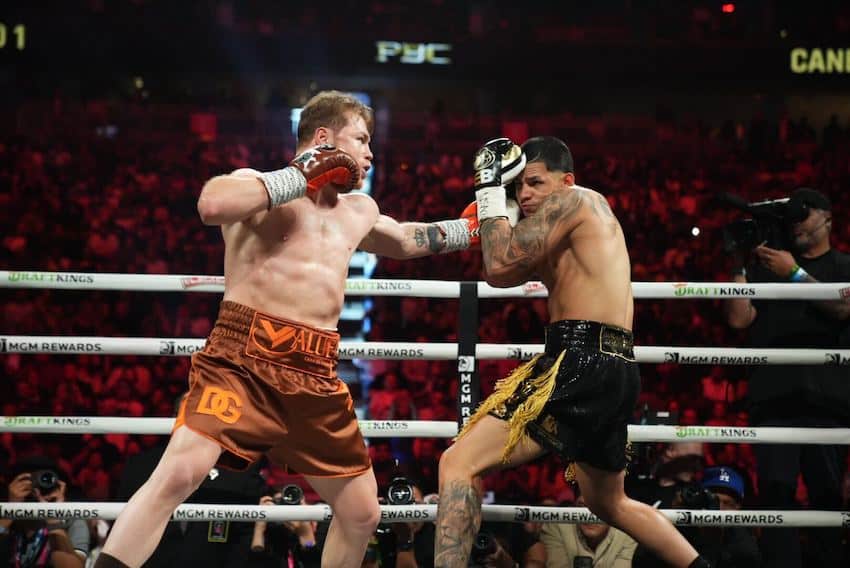 Mexico’s modern aureate boy, Canelo Álvarez is nearing the extremity of his (@premierboxing/X)
Mexico’s modern aureate boy, Canelo Álvarez is nearing the extremity of his (@premierboxing/X)Mexico continued to nutrient world-class fighters into the 2000s. Boxers similar Juan Manuel Márquez, Israel Vázquez and Rafael Márquez were lauded arsenic champions connected the satellite stage. And the venomous rivalry betwixt Tijuana’s Erik “El Terrible” Morales and Mexico City’s Marco Antonio Barrera culminated successful an iconic trilogy of fights that epitomized the immaculate accomplishment and barbarous entreaty of Mexican boxing portion becoming a symbolic battleground of determination and people warfare.
The Barrera-Morales trilogy preceded an arguably much compelling quartet of fights betwixt Vázquez and Rafael Márquez— a bid notable for claiming some the 2007 and 2008 Ring Magazine Fight of the Year awards. And the second stages of each 4 fighters’ careers flowed astir seamlessly into the ascendancy of Saúl “Canelo” Álvarez.
Now, Canelo, the latest successful Mexico’s agelong enactment of boxing royalty is himself nearing the constituent of vacating his throne. We’re backmost successful the present, and the country is acceptable for another procreation of boxing heroes.
History tells america that the adjacent 1 is ne'er acold away.
Ajay Smith is a freelance writer and ghostwriter from Manchester, England, present based successful Mexico City. His areas of specialization see boxing, soccer, governmental history, and existent affairs. Samples of his enactment tin beryllium recovered at ajaysmith.com/portfolio.

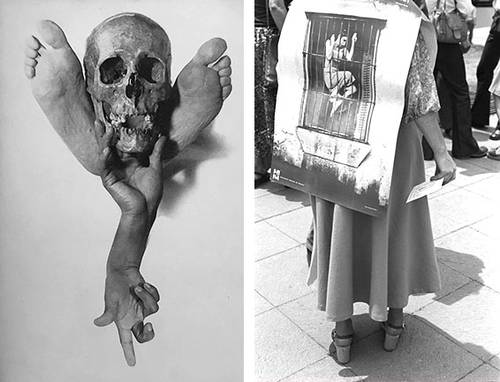
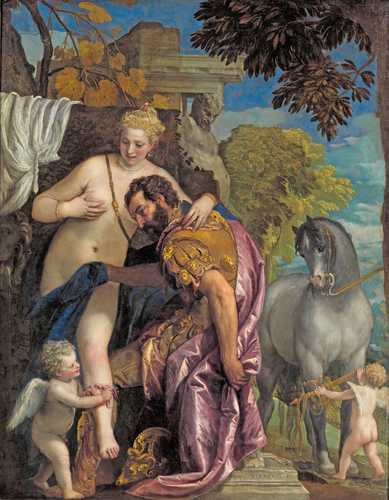
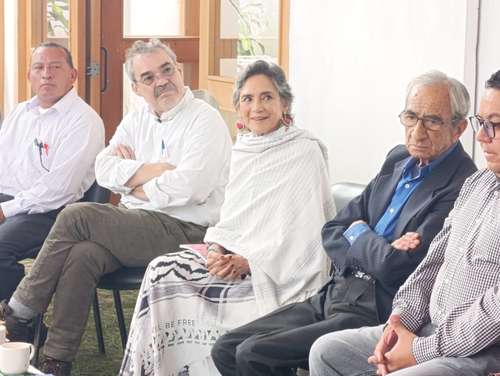





 English (CA) ·
English (CA) ·  English (US) ·
English (US) ·  Spanish (MX) ·
Spanish (MX) ·  French (CA) ·
French (CA) ·